Describe in Detail Two Techniques Used to Find Extrasolar Planets
Thus all parameters are identical to the system used earlier except eccentricity. Brown Dwarfs are sub-stellar objects with a mass below that necessary to maintain.
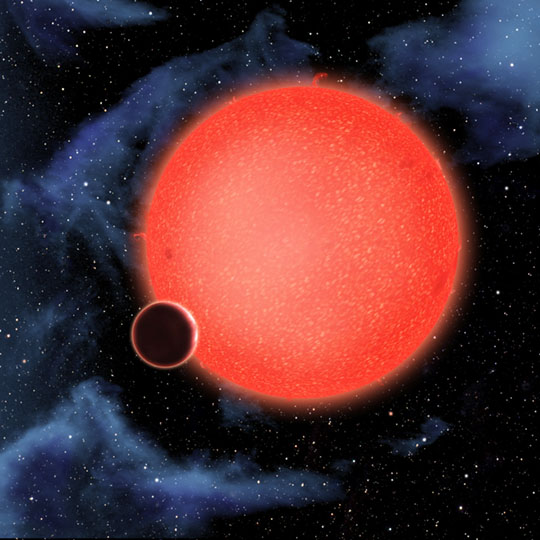
Artist S View Of Extrasolar Planet Gj1214b Exoplanet Exploration Planets Beyond Our Solar System
Imagine one star very far away and another star about half way between it and Earth.

. This will configure a system with the following parameters inclination. Most extrasolar planets so far detected have been detected by the radial-velocity technique. This will configure a system with the following parameters inclination.
04Thus all parameters are identical to the system used earlier except eccentricity. The current scientific methods to search for extrasolar life heavily depend on telescopes. The method works best for nearby low mass stars and high mass planets.
The radial velocity method has proven very successful in detecting planets and is the most effective method for ground-based detection. The spectroscopic method uses Doppler techniques to measure the velocity variations of the star as it moves toward or away from Earth. 100 M jup semimajor axis.
Another technique is to look for a very small change in the stars spectra from blueshift to redshift back and repeated as the planet revolves around the star and tugs it very slightly back and forth due to the. Extrasolar planets are planets that are found outside the solar system. Gravitational lensing used to discover a handful of exoplanets requires some more abstract thought.
This favours the discovery. This uses spectroscopy analysis of the electromagnetic spectra emitted by stars to detect perturbations of stars orbited by planets. Directions for future research.
For every action their is an equal and opposite reaction. 100 Msun planet mass. The thinking here is that these Gas Giants migrated closer to their stars during the development of their stellar systems.
Spotting the Doppler shift of a stars spectra is another handy exoplanet detection technique and it was the technique used to find the Pegasi 51b the first planet detected around a Sun-like star. There are also more then 170 solar systems inside of. Overview of methods of detecting exoplanets.
100 M sun planet mass. The second era in extrasolar planet research belongs to planets discovered by the transit photometry technique. It is biased toward finding close-in planets with short periods because it.
This is like an eclipse but usually called a transit. As the planet orbits the star it kicks the star in a small counter orbit Newtons third law. The mutual orbital motions of a star and a planet around each other manifest in the star s light via the Doppler effect.
Until the launch of Kepler it was the method that had found the most planets. Any planet is an extremely faint light source compared to its parent star. Mathematical probability shows that some of these planets may contain life.
Indeed a face-on orbit i 0 will produce no signal. 100 Mjup semimajor axis. On 29 March 2000 NASAs Ames Research Center issued a press release announcing that two extrasolar planets had.
NAAP ExtraSolar Planets 510 Select the preset labeled Option B and click set. Research in the field of extrasolar planets is advancing rapidly as new technologies enable the detection of smaller and more distant planets as well as the characterization of previously detected planets. However this needs to be proven using credible scientific evidence.
Direct detection of an extrasolar planet means measuring light from the planet itself including taking a picture of a planet. The available telescopes however are. This is because the speed v of the parent star in its reflex orbit is given by the relation v 12M P M J52M Sun aM star 12 m s-1 where M P M J M Sun M star are the masses of the extrasolar planet Jupiter the Sun and the star respectively a is the orbital distance of the planet and 52 AU is Jupiters distance from the Sun.
If the light from the faint planet can be separated from the substantially brighter star light astronomers can also take a spectrum of the planet. During most of the 20th century the most promising technique to find an extrasolar planet was precision astrometry. Similar to the astrometric method the Doppler method looks for a stars wobble as it is coming to or away from us by observing its spectrum seeing if it is redshifted or blueshifted.
To give perspective Jupiter causes a variation in the speed of the Sun of 13 m per second. Number of extrasolar planet discoveries per year through 2022 with colors indicating method of detection. The first technique is to look for a very slight drop in the light from a star when the exoplanet crosses in front of the star.
Yes there are over 200 more planets outside the solar system these planets are called extrasolar planets. With this technique astronomers find the planet when it crosses in front of the star and blocks part of its luminous surface making the star appear slightly dimmer while the planet moves across. When the exoplanets gravity affects them.
When exoplanets move across the star the brightness is reduced. Regular Patterns of blueshift and redshift. This technique is called the radial velocity or wobble method.
Describe the three main methods used to find exoplanets. Works best for massive planets that are relatively closer to the star because a stronger tug would mean greater velocity. Almost all the extrasolar planetary systems known appear very different from the solar system but planets.
However it is unsuitable for variable stars. And many of these extrasolar planets orbit much closer to their stars than our Gas Giants which are much further from the Sun. NAAP ExtraSolar Planets 510 Select the preset labeled Option B and click set.

The Search For Extrasolar Planets Continues Dlr Portal

Esa Science Technology The Future Of Exoplanet Research

Jpl Spitzer Space Telescope Milky Way Galaxy Nasa Telescope

The Search For Extrasolar Planets Continues Dlr Portal
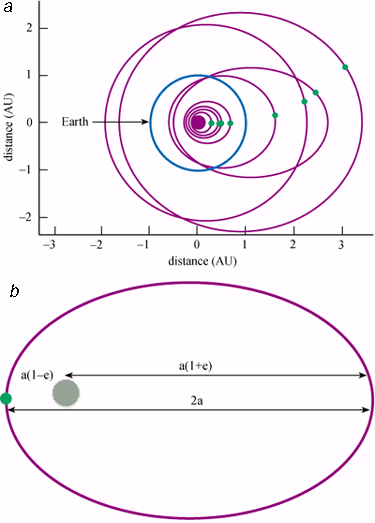
Extrasolar Planets Physics World

An Incredible New Animation Shows Where When And How Astronomers Found 4 000 Planets Beyond Our Solar System

What Are Exoplanets How Do We Detect Them By Muhammad Raza Khan Predict Medium

Esa Science Technology Exoplanet Detection Methods
Methods Of Detecting Extrasolar Planets

The Search For Extrasolar Planets Continues Dlr Portal
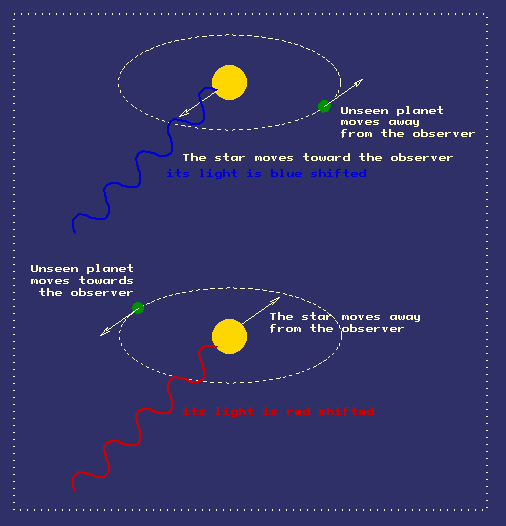
Extrasolar Planet Detection With The Afoe

Extrasolar Planets Physics World
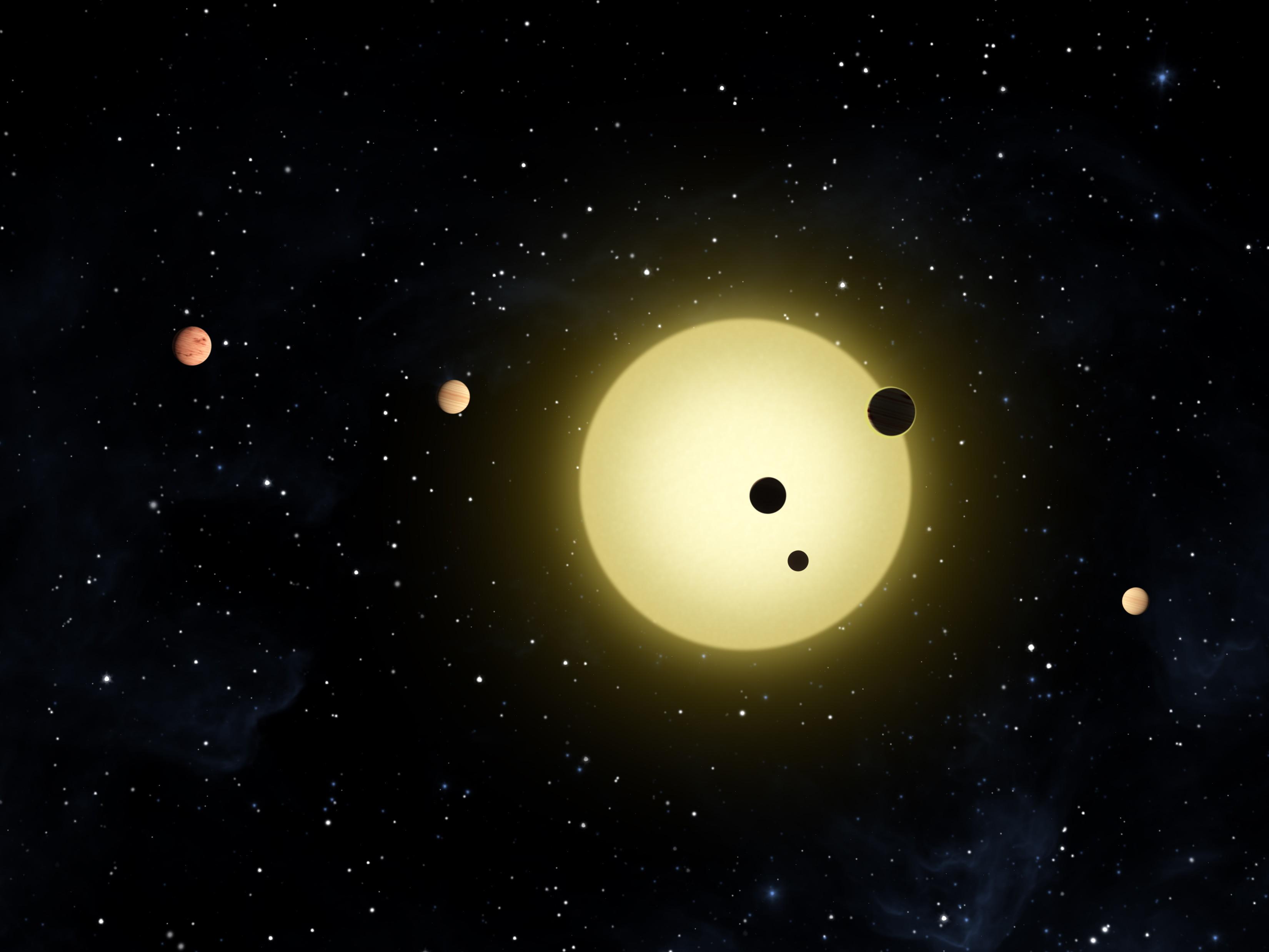
What Is The Transit Method Universe Today

Extrasolar Planet Detected By Gravitational Microlensing Exoplanet Exploration Planets Beyond Our Solar System
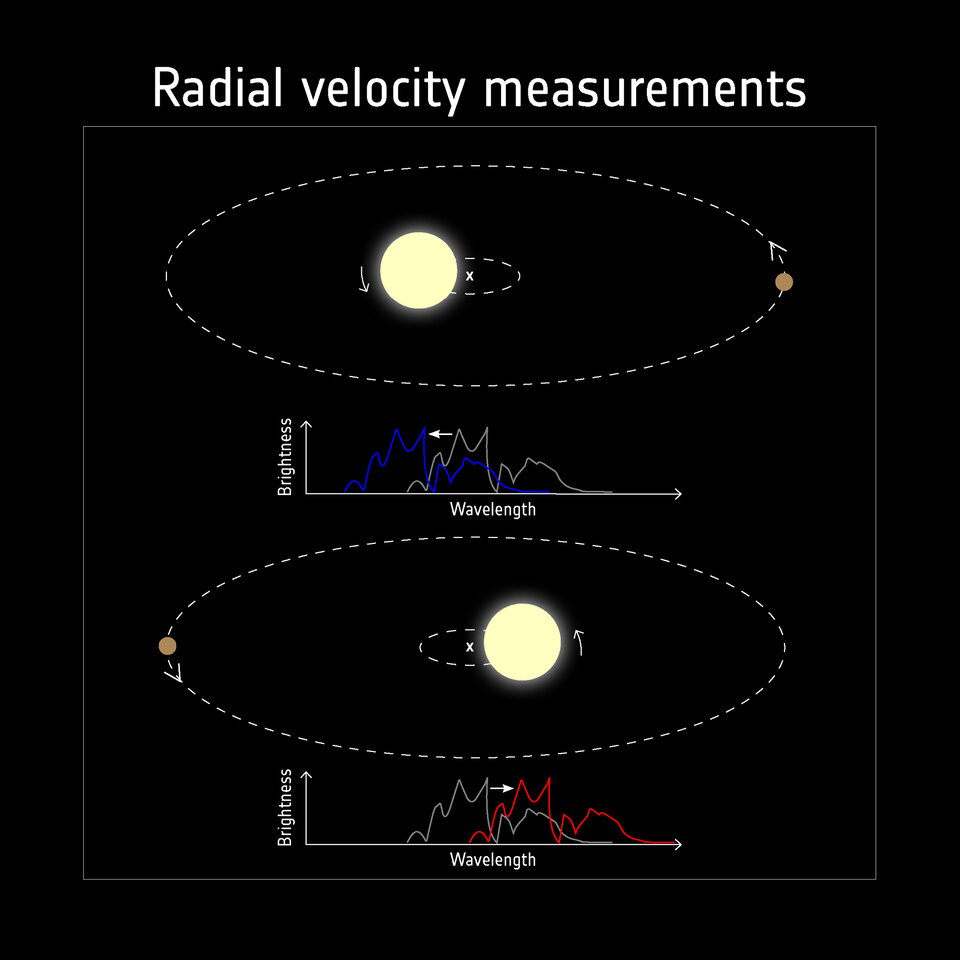
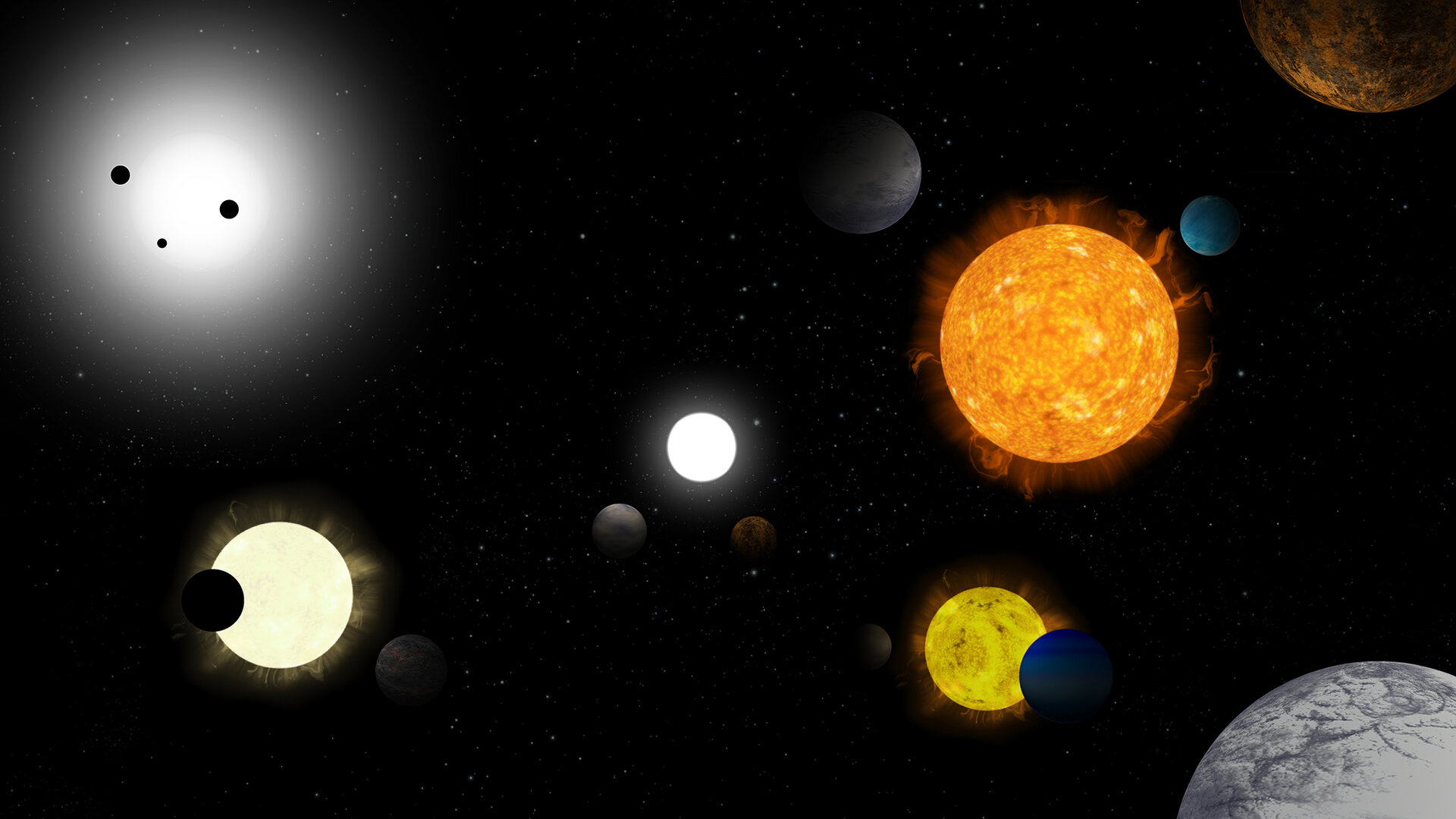
Comments
Post a Comment